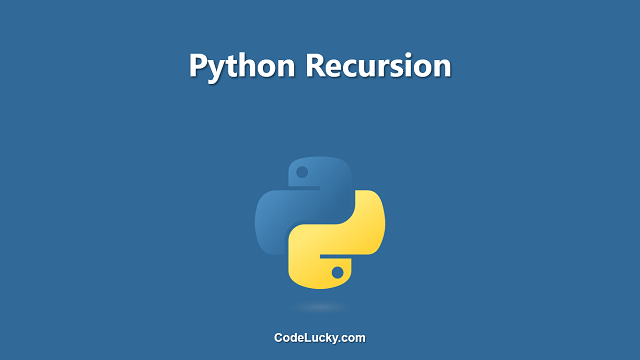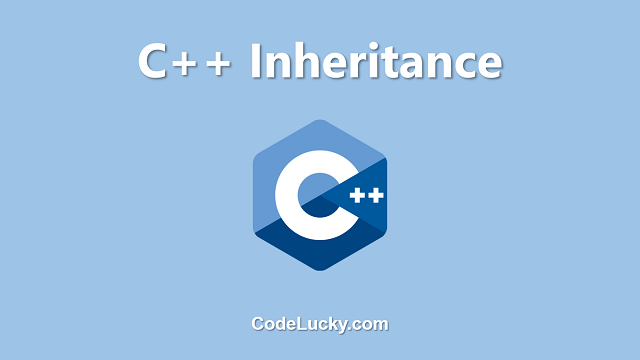Recursion is a fundamental programming concept in which a function calls itself, allowing it to be repeated multiple times. It is a powerful technique that is used to solve problems by breaking them down into smaller and simpler subproblems. In Python, recursion is implemented through the use of recursive functions.
What is a Recursive Function?
A recursive function is a function that calls itself as part of its execution. This means that the function can be repeated multiple times until a certain condition is met. A recursive function has two main parts:
- The base case, which is a condition that stops the function from calling itself
- The recursive case, which is a condition that calls the function again, with different arguments
The base case is important because it ensures that the recursion will eventually stop, and it prevents the function from running forever. The recursive case is important because it allows the function to solve a smaller and simpler subproblem, which can eventually lead to a solution for the original problem.
Examples of Recursion
A common example of recursion is calculating the factorial of a number. The factorial of a number is the product of all the positive integers less than or equal to the number. For example, the factorial of 5 is 5 x 4 x 3 x 2 x 1 = 120.
Here is an implementation of the factorial calculation using recursion:
def factorial(n):
if n == 0:
return 1
else:
return n * factorial(n-1)
print(factorial(5)) # 120
In the example above, the function starts by checking if the number is equal to 0. If it is, the function returns 1. This is the base case, which stops the recursion. If the number is not 0, the function calculates the factorial of the number by calling itself with the argument n-1. This is the recursive case, which allows the function to solve a smaller and simpler subproblem. The recursion continues until the number is equal to 0, at which point the base case is reached, and the recursion stops.
Another common example of recursion is printing a list in reverse order. To do this, you can use a recursive function that takes the last element of the list and prints it, then calls itself with the rest of the list, excluding the last element. The recursion continues until the list is empty, at which point the base case is reached, and the recursion stops.
def print_list_in_reverse(lst):
if not lst:
return
print(lst[-1])
print_list_in_reverse(lst[:-1])
lst = [1, 2, 3, 4, 5]
print_list_in_reverse(lst) # 5 4 3 2 1
In the example above, the function checks if the list is empty. If it is, the function returns without doing anything. This is the base case, which stops the recursion. If the list is not empty, the function prints the last element of the list and calls itself with the rest of the list, excluding the last element. The recursion continues until the list is empty, at which point the base case is reached, and the recursion stops.
Advantages of Recursion
Recursion offers several advantages over other programming techniques, including:
- Simplicity: Recursion allows you to solve complex problems by breaking them down into smaller and simpler subproblems, which can be easier to understand and implement
- Readability: Recursive functions are often more readable and easier to maintain than other types of functions
- Flexibility: Recursion can be used to solve a wide range of problems, from simple mathematical calculations to complex algorithms
Disadvantages of Recursion
While recursion offers many advantages, it also has some disadvantages, including:
- Performance: Recursive functions can be slower than other types of functions, especially for large inputs
- Memory usage: Recursive functions can consume a lot of memory, especially for large inputs, due to the multiple calls that are stored on the call stack
- Debugging: Debugging recursive functions can be challenging because it involves tracing the function calls through multiple levels of recursion
When to Use Recursion
Recursion is a useful technique for solving problems that can be broken down into smaller and simpler subproblems. Some common examples of problems that can be solved using recursion include:
- Calculating mathematical functions, such as the factorial of a number or the Fibonacci sequence
- Traversing and processing data structures, such as trees and linked lists
- Solving problems that involve searching, such as finding the shortest path in a graph or solving a maze
However, recursion is not always the best solution for every problem, and it is important to consider the performance and memory usage implications when deciding whether to use recursion. In some cases, iterative solutions may be more efficient and easier to implement.
Conclusion
Recursion is a fundamental concept in computer science, and it is a powerful tool for solving problems by breaking them down into smaller and simpler subproblems. By understanding the basics of recursion and its advantages and disadvantages, you can make informed decisions about when and how to use it in your programming projects.







